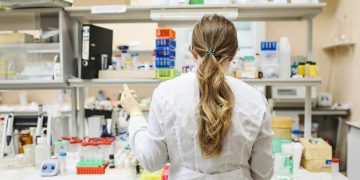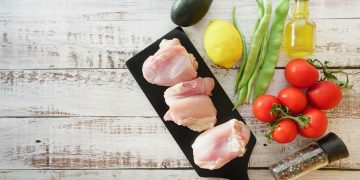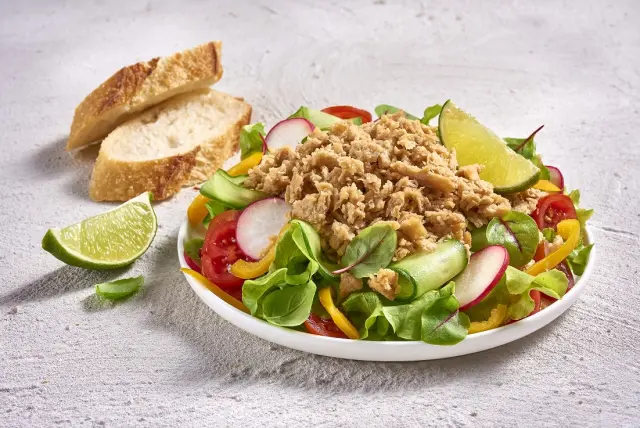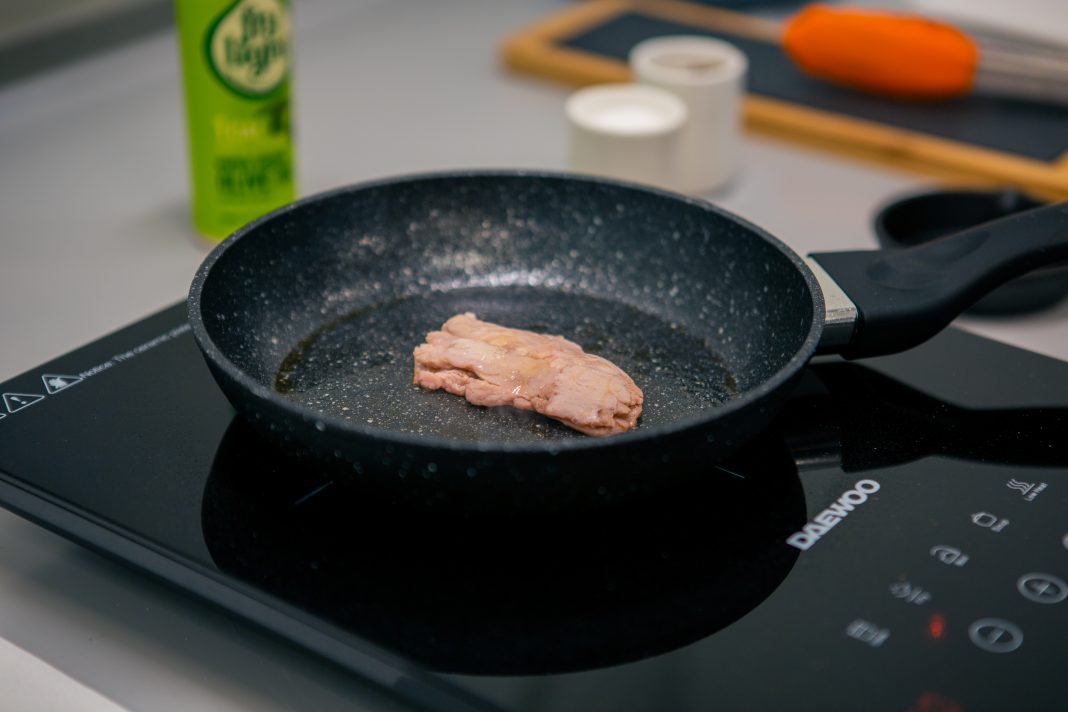By Harvest Public Media | By Xcaret Nuñez
For the first time ever, “lab-grown meat” is available on the U.S. market.
In anticipation, a small group of people from across the country gathered in San Francisco last week to taste chicken grown from animal cells.

“You put it in your mouth, and the overwhelming response is, ‘It’s chicken, and it’s delicious,’” said Upside Foods Chief Operating Officer Amy Chen. “It’s the way it makes it to the table that’s unique.”
Upside Foods and Good Meat, two California companies, both received approval from the U.S. Department of Agriculture in June to produce and sell their cultivated chicken meat. The go ahead came months after the Food and Drug Administration certified the chicken products from both companies are safe to eat.
“When consumers buy cultivated meat that comes out of our production facility, for example, it will bear the same USDA-inspected symbol that they’re used to seeing on their traditional meat,” Chen said.
But it could still take years until people can shop for the new food at grocery stores. The industry still has huge hurdles to overcome — cultivated meat is expensive to make, and labs aren’t able to nearly produce the billions of pounds of meat Americans consume every year.
:max_bytes(150000):strip_icc()/GettyImages-1141210022-806741148daa487abcc8e5bfd58fc1b7.jpg)
“What makes this process particularly challenging is (animal) cells are more difficult to grow than maybe a yeast cell or bacteria cells,” said Tony Moses, a product innovation director with CRB, a Missouri firm that designs and builds labs for pharmaceutical, biotech and food companies.
** Click here to read the full-text **















